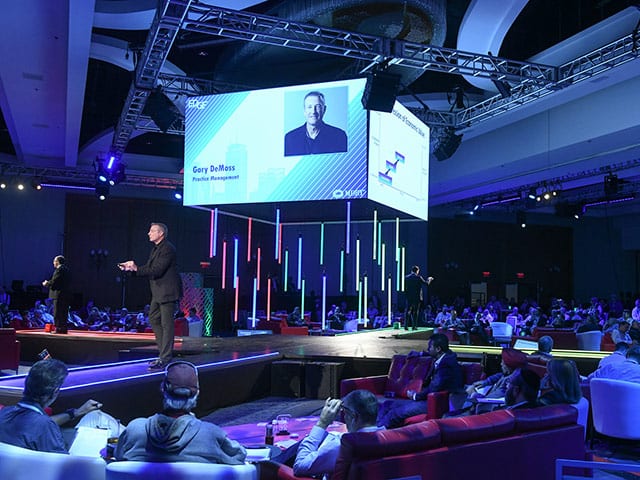Transforming Spectator Interaction Through Engaging Virtual Reality Experiences within Real-time Performances
Transforming Spectator Interaction Through Engaging Virtual Reality Experiences within Real-time Performances
Blog Article
Within recent years, virtual VR has emerged a potent tool for boosting audience involvement in real-time productions. Such innovation enables viewers to immerse oneself in a three-dimensional environment, creating a distinct encounter that conventional formats cannot replicate. By utilizing VR, creators can move audiences into the core of the performance, making them feel as if they are part of the performance. This groundbreaking approach not only captivates viewers but also opens up new possibilities for storytelling and engagement.
A of the primary advantages of employing VR in real-time productions is the capability to forge a greater engaging encounter. Audiences can engage with the show in the moment, shaping the result or discovering different viewpoints. For example, in a stage show, viewers using VR goggles can select to follow particular roles or segments, enabling them to customize their encounter. This degree of interactivity cultivates a more profound connection between the viewers and the show, making it even unforgettable and significant.
Additionally, VR technology can enhance the sight and auditory aspects of a real-time performance. Using top-notch visuals and audio design, creators can build breathtaking environments that draw viewers in. This engaging characteristic can elevate the overall experience, rendering it more captivating and pleasurable. For example, a musical performance can be converted into a rich encounter, where audience members feel as if they are on stage with the performers. Such enhancements not only attract bigger viewers but also promote return viewing, as audiences look to re-experience the thrill.
Alongside enhancing viewer involvement, VR can also offer valuable insights for creators. Through examining how audiences engage with the digital environment, producers can collect information on viewer likes and actions. This data can guide upcoming performances, helping to tailor material to more effectively satisfy the demands and desires of the audience. As a result, VR not only enriches the current experience but also adds to the development of real-time performances as a complete entity.
As the advancements continues to evolve, the potential for VR in real-time productions is vast. From theater and concerts to athletic competitions and celebrations, the opportunities are limitless. By embracing this innovative method, producers can revolutionize the way audiences engage with real-time performances. As more creators explore find out the integration of VR, it is probable that we will witness a shift in how performances are crafted and presented, ultimately leading to a more immersive and participatory prospect for live productions.